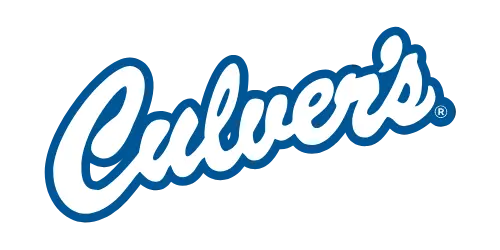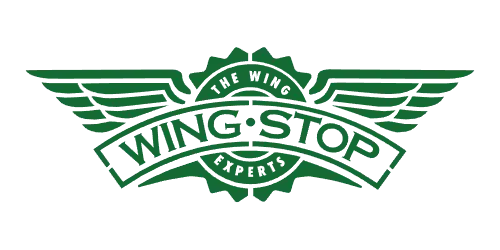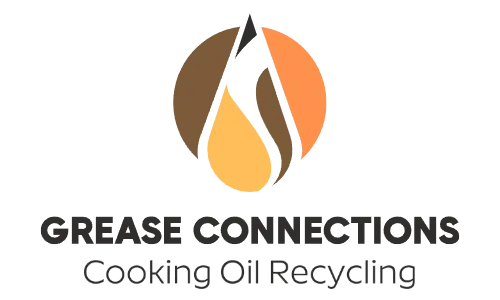Grease Connections
Grease Trap Pump‑Out & Line Jetting
Full‑service, regulator‑ready cleaning that keeps kitchens sweet‑smelling and inspectors satisfied.
Pump, jet, document—done in one visit. We have vacuum‑pumped more than 110 000 grease traps across Florida, Georgia, New Jersey and Spain without a single fats‑oils‑grease (FOG) citation.
★★★★★
“They solved our overflow nightmare in one visit and didn’t nickel-and-dime us.”
Rated 5/5 stars on Google
Schedule a Grease Trap Pump Out
Drop a few details—skip haul-away fees and see your earning estimate today.



★★★★★
Rated 5 Stars on Google






From Shop-Vac Chaos to Twenty-Minute Clean
Flash back to my sous-chef days: every Friday two of us pried the interceptor lid open, steam rolled off a swamp of grease, and the shop-vac gurgled like it might explode. We lost an hour of service time, half the sludge splattered the tile, and the health inspector circled our trap log in angry red.
Fast-forward to now: a two-tech crew rolls up in a low-profile vacuum tanker, clears the trap in under 20 minutes, power-jets the lines, and emails a PDF manifest before the grill is hot again. Here’s why the pro pump-out wins every time:.
The Bottom Line: Professional pump-outs trade chaos for uptime: faster service, happy inspectors, and kitchens that smell like food—not sludge. Book your next clean-out and keep every Friday right where it belongs—on the plate.
Staff Stay on the Line
The crew snakes in a drip-proof hose and does the dirty work start to finish. No cooks lugging buckets, no floors to degrease. Most kitchens earn back an extra hour of payroll each service—time that shows up as more plates, not overtime.
Inspectors Wave You Through
Each pump-out auto-logs to your municipal permit. No citations, no surprise rechecks. Compliance becomes background noise instead of a fire drill.
Odors & Overflows Disappear
A 3,000-psi jet scours inlet and outlet lines, peeling away the grease film that breeds sulfur smells and midnight back-ups. Drains run free, the air stays clean, and you stop budgeting for emergency plumbers.
Why It Matters
Four measurable wins you’ll feel by the next lunch rush: service runs without stoppage, inspectors keep walking, the dining room smells like coffee—not sulfur, and your P&L flips from disposal fees to quarterly rebate checks.
Clean, fresh dining room
Grease vapors can tank guest reviews faster than a burnt entrée. A 3 000‑psi hydro‑jetting pass polishes the trap’s inlet and outlet pipe walls, stripping every layer of sludge. Air handlers stop pulling sulfur smells into the dining room, POS tips climb, and you’re not comping desserts to mask the odor.
No fines
Municipal code flags traps the moment sludge reaches 25 % of tank depth. Our sensor‑based schedule dispatches a pump‑out days before that limit, and the 3 000‑psi high‑pressure jetting head polishes every inch of the inlet and outlet lines. That keeps clogged sewer lines off your radar—and four‑figure fines off your P&L. The last time an inspector popped our lid they wrote “A‑plus, no action required” on the ticket.
Paper‑free audits
Every service closes with a QR‑coded PDF manifest that syncs to your city’s FOG portal and your grease‑interceptor permit. Health officers scan, see three clean years of grease trap cleaning history, and move on in under 30 seconds—no clipboards, no missing paperwork, no return visits.
How Our Trap‑to‑Truck System Works
Four sealed steps—schedule, vacuum, hydro‑jet, document—all while the line keeps firing and plates keep moving.
| Step | What happens | Why it matters |
|---|---|---|
| 1 · Schedule & pre‑flush | Dispatch books your slowest hour. Staff run hot water for 60 seconds to loosen solids. | No lost covers—kitchen stays open. |
| 2 · Vacuum pump‑out | A baffled hose lifts sludge, food particles, and grey water into the tanker. | Removes FOG before it hardens in sewer pipes. |
| 3 · Jet‑vac line scour | 3 000‑psi rotating jet head blasts the inlet and outlet lines clean. | Prevents clogs, odors, and Environmental Protection Agency fines. |
| 4 · Manifest & enzyme rinse | Digital manifest with gallons, license, and time‑stamp auto‑emails; optional bio‑enzyme mist kills trace odour. | Compliance proof lands in your inbox; guests smell nothing. |
Equipment Specs
One truck, built for tight alleys and stadium lots alike—no second visit, no mess.
| Rig | Tank Capacity | Jet Pressure | Hose Reach | Vacuum Power | Footprint |
| Vacuum‑jet combo | 2 000 gal sludge + 400 gal rinse | 3 000 psi high‑pressure water jets | 200 ft flex hose clears remote drain lines | 440 CFM rotary vane—slurps heavy grease buildup & sand | 25 ft L × 8 ft W curb‑friendly |
Why this matters — The 200‑ft hose means we service basement traps without blocking the loading dock. A 400‑gallon rinse bay recycles remaining water so your plumbing system stays pressurised, and the sealed tank keeps properly disposed sludge from splashing on the parking pad. Every drop heads to an environmentally friendly wastewater facility the same day.
Need a smaller under‑sink clean‑out? Our crew swings a ¾‑inch wand that fits 20‑lb under‑counter interceptors—same pressure, same QR‑logged manifest.
★★★★★
Since switching last quarter, we’ve cut grease-haul costs 22 % and trimmed staff handling time by 10 hours per week across 48 locations—compliance reports now arrive automatically.
David Whitaker, Coastal Grill Group
★★★★★
They grab the grease before it stinks up the alley, shoot me a text when they’re done, and my kitchen crew never even notice, easy win.
Rosa García, Tapas del Barrio
★★★★★
Our old provider missed three pickups in a month; since the change, we’re six months in with zero missed collections and spotless inspection logs.
Sofia Rossi, Co-Owner, Caffè Roma
Frequently Asked Questions
Grease Trap‑Cleaning FAQ
Questions chefs ask before they switch, answered in plain English.
How often should a commercial trap be pumped?
City codes usually require every 90 days, but our sensor‑driven schedule can trigger sooner if sludge hits 25 % capacity—keeping you ahead of inspections.
Is the service really free?
Yes. Pump‑out and jetting are included when you recycle your used cooking oil with us; the oil rebate offsets the cost.
Can you handle under‑sink grease interceptors?
Absolutely—our compact jet hose and vacuum wand clear units as small as 20 lbs without dismantling cabinetry.
Do I need to shut the kitchen down during service?
No. We work through the exterior access cover; the line jet keeps water moving, so cooking and dishwashing continue.
Will the driver call ahead?
You’ll get a text ETA when the route slot is booked and a five‑minute heads‑up when the truck turns into your alley.
Where does the sludge go after you haul it?
We off‑load at a state‑licensed wastewater facility that separates water, grit, and grease. Liquids head to a municipal treatment plant, grit is land‑filled, and the grease fraction is recycled into biodiesel—so everything is properly disposed and nothing ends up in the storm drain.

Still have questions?
Can’t find what you’re looking for? Let’s have a chat!
Turn waste into quarterly rebates in under a minute.
Start My Trap Clean‑Out
Lock in a clean trap before the next inspection window closes.
One form, 60 seconds, zero contracts—pick your slow hour, and we’ll text back a confirmed ETA within the day. First‑time service is free, and the rebate starts with gallon one.
